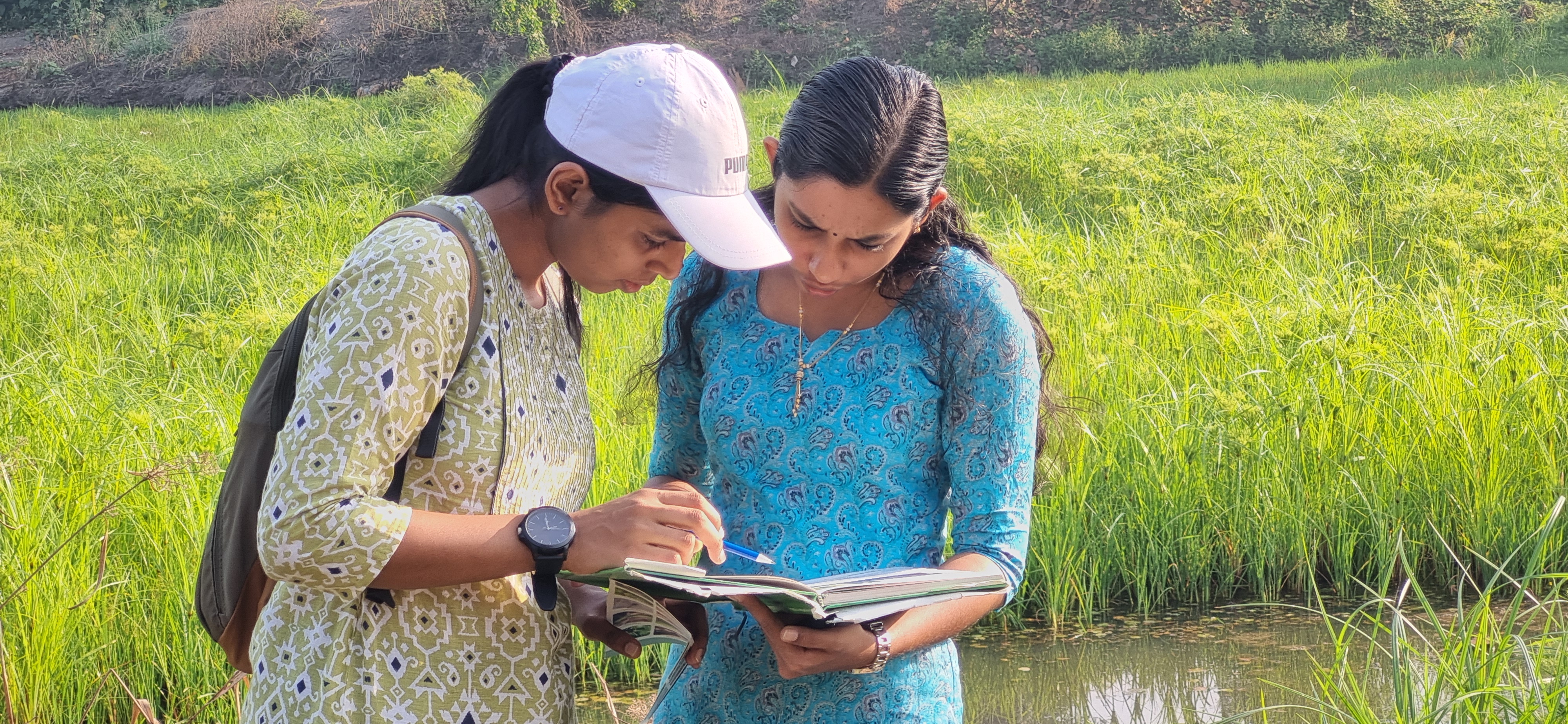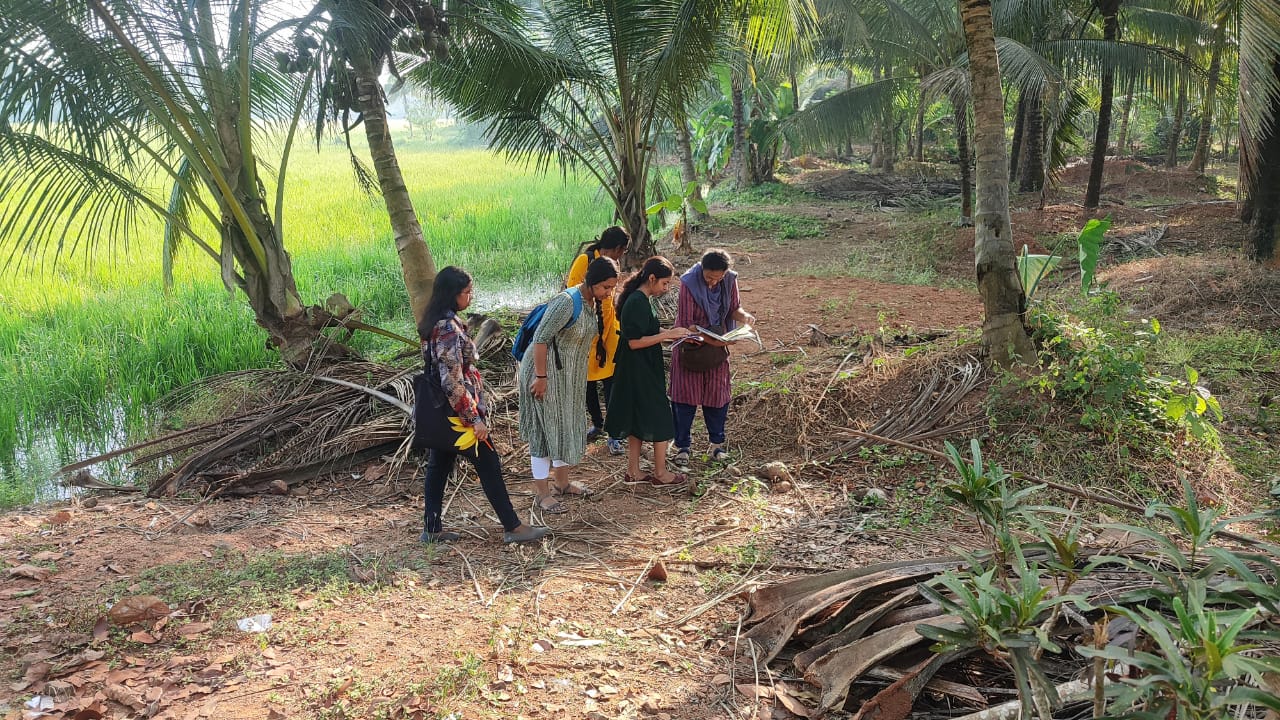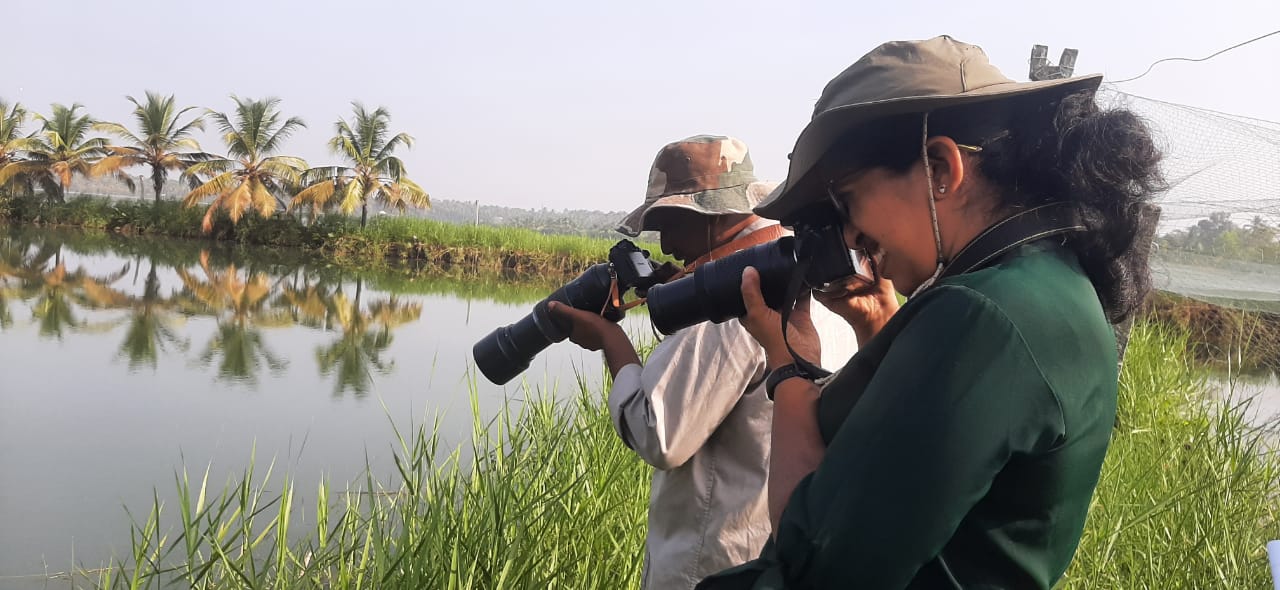
2024-02-18
A comprehensive survey of odonates was conducted along the Vembanad lake, spanning a distance of 60km from Vaikom to Chanaganassery and encompassing 13 locations. The findings unveiled pollution in the lake, the biggest backwater among the 30 backwaters is Kerala. Additionally, the unprecedented climate change-induced rains were observed to impact the diversity of odonates, comprising both dragonflies and damselflies. Recognized as bio-indicators, the presence or absence of odonates serves as a crucial determinant of the overall systems health.
In the second edition of the TIES Vembanad Odonate survey, a total of 30 species were documented, comprising 19 dragonfly varieties and 11 damselfly varieties. TIES collaborated with the Social Forestry Division of the Kerala Forest Department for this survey, a continuous effort since 2019. Notably, the survey identified Brachythemis contaminata (Ditch Jewel), an indicator of polluted water in every sites. Conversely Brown Dartlet and Black Marsh Trotter, two rare dragonfly species were spotted at Vaikom and Kumarakom. Malarickal and Thiruvanchoor recorded the highest number of species.
Dr. Abraham Samuel K, the survey coordinator, emphasized the importance of raising awareness among the younger generation regarding the significance of odonates. The survey, led by Shantry Tom, Ast. Conservator Of Forest, Dr. Punnen Kurian, P Manoj, Ajayakumar MN, Renjith Jacob Mathews, Shawn Paul, Geetha Paul, Vinayan P Nair, Tony Antony, Amrutha V Raghu, Shibi Mosses, Sarath Babu N B, and Anoopa Mathews. Participants from various educational institutions and organizations actively took part in the survey.



